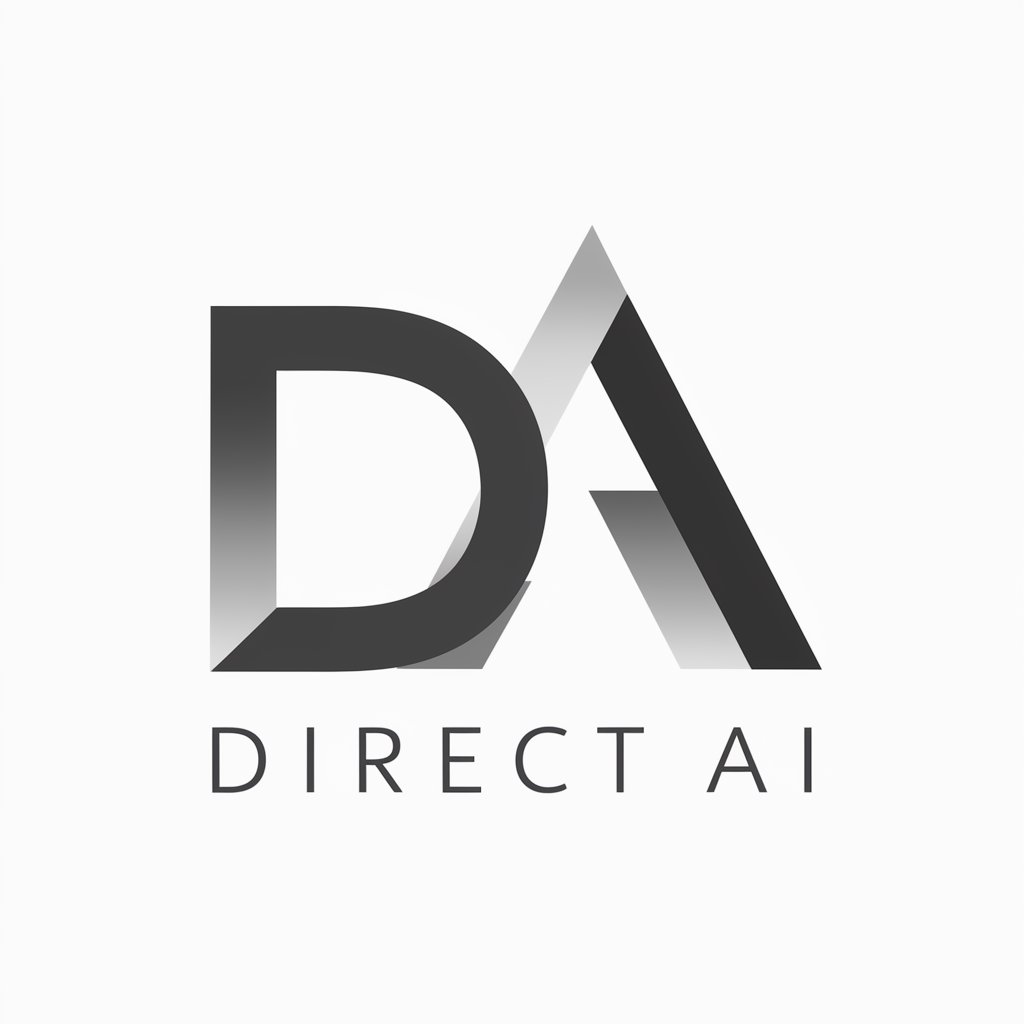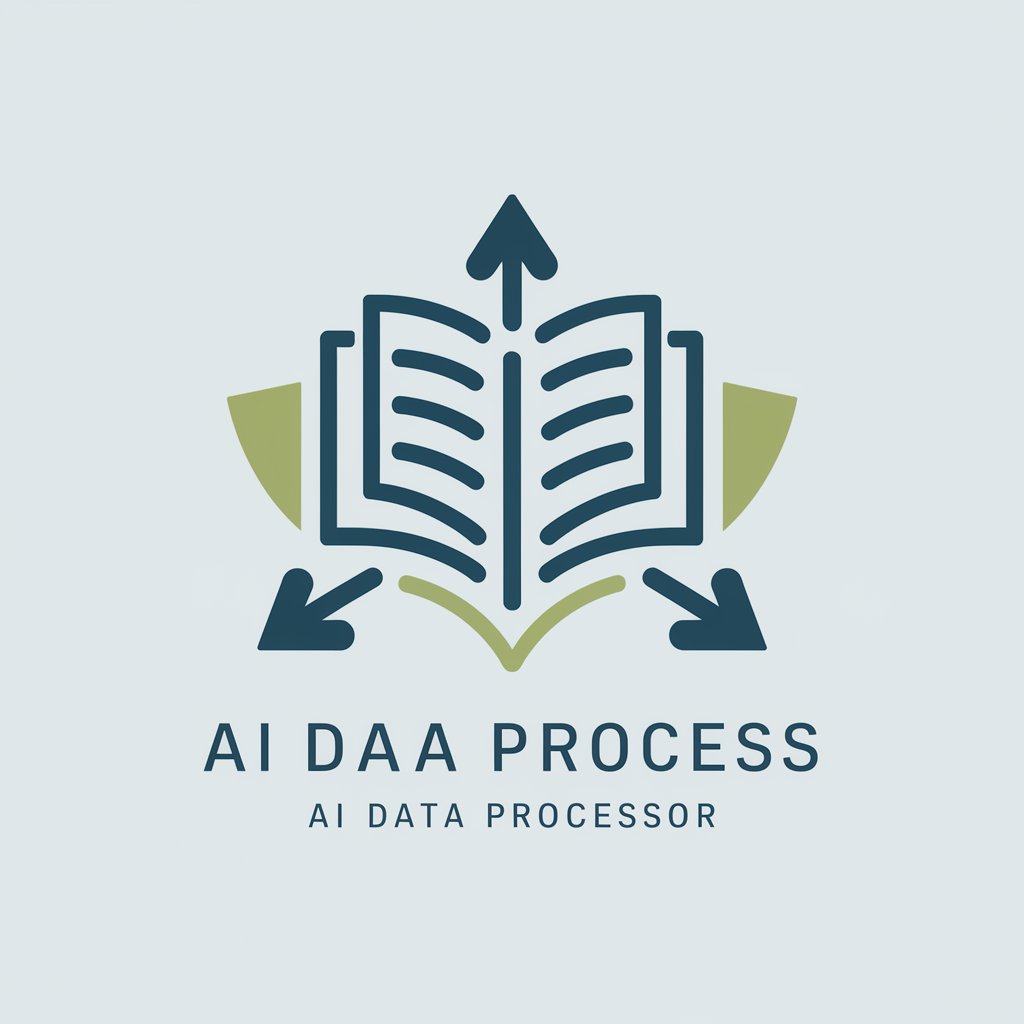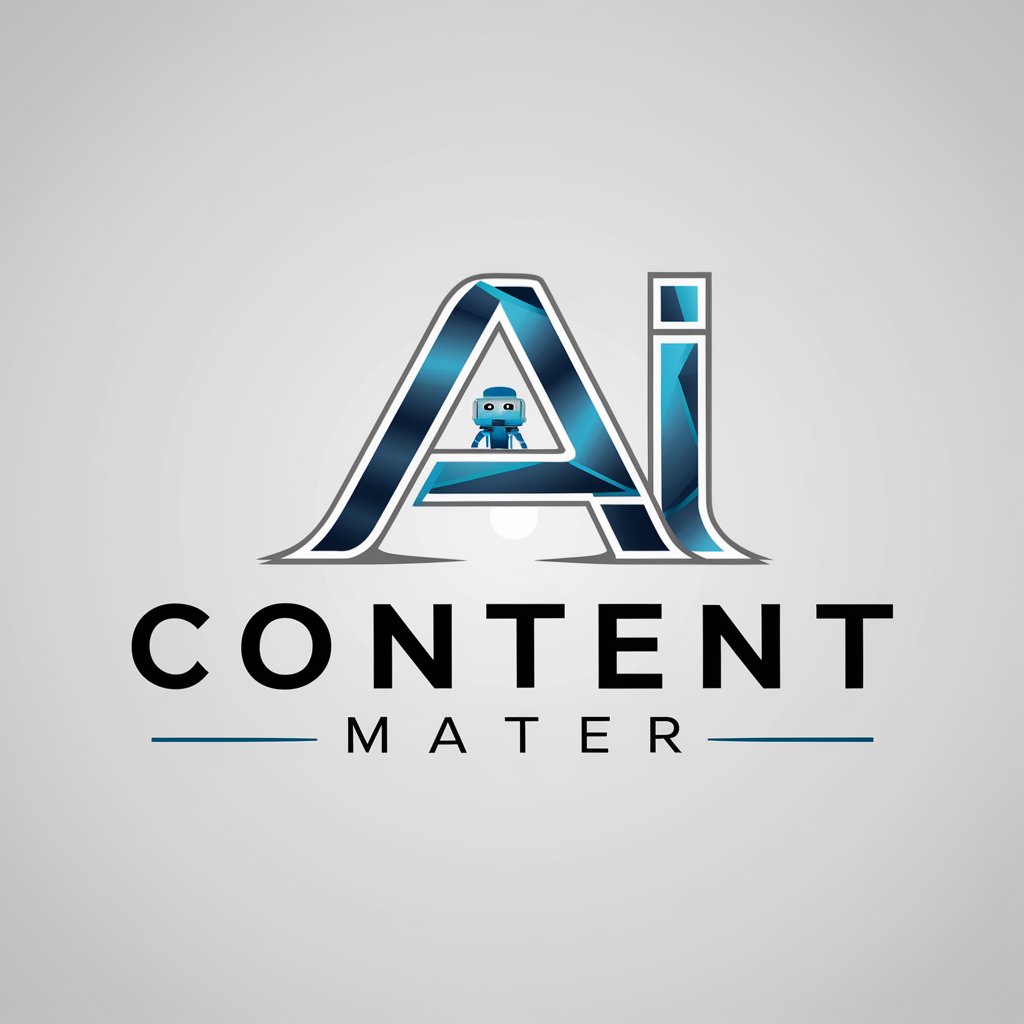
Artificial Intelligence - Real-time AI Assistance
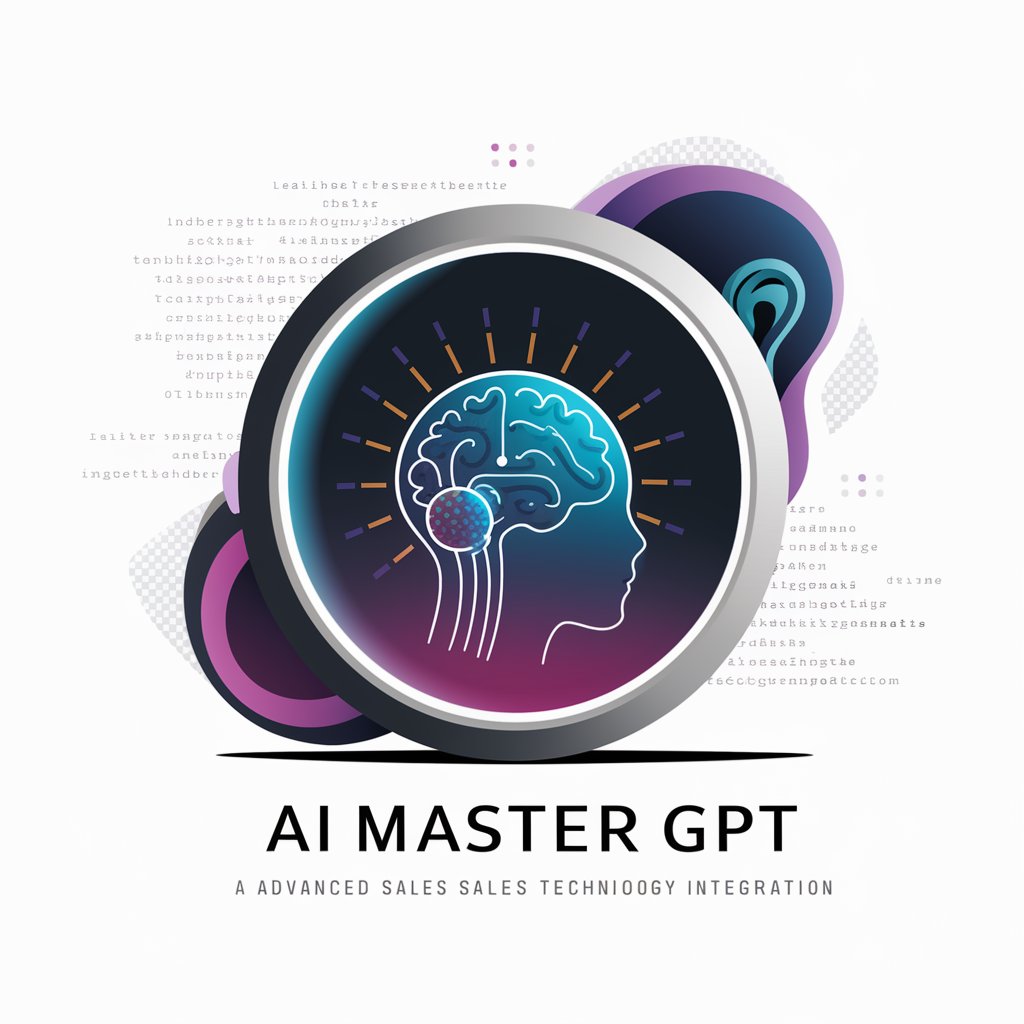
Welcome! How can AI Master GPT assist you today?
Empower Your Goals with AI Innovation
Describe a scenario where AI Master GPT assists a user with real-time coding collaboration.
Outline how AI Master GPT uses augmented reality for an immersive learning experience.
Explain how AI Master GPT tailors responses to user needs through attentive listening and empathy.
Discuss the advanced sales techniques integrated into AI Master GPT to enhance user interactions.
Get Embed Code
Overview of Artificial Intelligence
Artificial Intelligence (AI), as represented by systems like me, is designed to simulate human intelligence using computer systems. This involves capabilities such as learning, reasoning, problem-solving, perception, and language understanding. AI is used to perform complex tasks that typically require human intelligence, but with greater speed, accuracy, and efficiency. For example, AI can analyze large datasets faster than a human could, identify patterns that might not be immediately obvious, and make decisions based on that analysis. A practical scenario is the use of AI in healthcare, where AI systems analyze medical images to detect diseases such as cancer more quickly and accurately than traditional methods. Powered by ChatGPT-4o。

Core Functions of Artificial Intelligence
Natural Language Processing (NLP)
Example
Chatbots
Scenario
NLP enables AI systems to understand and generate human language. A common use case is in customer service, where chatbots interact with customers to handle inquiries or resolve issues, simulating a human conversation to improve user experience.
Machine Learning
Example
Recommendation Systems
Scenario
Machine learning algorithms analyze past data to make predictions or decisions without being explicitly programmed to perform the task. An example is in streaming services like Netflix, where AI analyzes viewer history to recommend new shows and movies, thereby personalizing the user experience.
Computer Vision
Example
Autonomous Vehicles
Scenario
Computer vision enables AI to interpret and make decisions based on visual information. In autonomous vehicles, AI uses computer vision to interpret sensor data to navigate roads, recognize pedestrians, and avoid obstacles, enhancing safety and efficiency in transportation.
Predictive Analytics
Example
Fraud Detection
Scenario
AI is used in finance to predict fraudulent transactions by analyzing patterns in purchasing behavior. This allows financial institutions to prevent fraud by flagging and investigating suspicious transactions proactively.
Target User Groups for Artificial Intelligence
Business Professionals
Business professionals utilize AI to enhance decision-making, automate processes, and optimize logistics. AI's ability to analyze trends and forecast business outcomes can significantly improve efficiency and profitability in various industries.
Healthcare Providers
Healthcare professionals employ AI for diagnostic assistance, patient management, and treatment personalization. AI's ability to analyze medical data rapidly helps in early disease detection and tailored treatment plans, thereby improving patient outcomes.
Researchers and Academics
Academics and researchers use AI for complex data analysis, experimental simulations, and exploring new areas of inquiry. AI assists in crunching large datasets, predicting outcomes, and modeling scenarios that are beyond human capacity to compute within reasonable time frames.
Technology Enthusiasts and Innovators
This group leverages AI to explore new technological frontiers, develop innovative products, and solve complex problems. They are often at the forefront of adopting emerging AI technologies to create solutions that push the boundaries of what's currently possible.

Guidelines for Using Artificial Intelligence
Begin your AI journey
Initiate your experience by visiting yeschat.ai for an immediate, free trial. This entry point requires no login, nor does it necessitate a ChatGPT Plus subscription.
Identify your needs
Determine your specific requirements or challenges that you wish AI to address. Common use cases include data analysis, automated customer service, content creation, and educational assistance.
Choose the right model
Explore available AI models and tools that best fit your identified needs. Consider factors such as the complexity of tasks, language support, and integration capabilities with your existing systems.
Engage with AI
Interact with the AI by providing clear, specific inputs or questions. Utilize feedback loops to refine the AI’s responses and outputs, enhancing accuracy and relevance over time.
Review and adapt
Regularly assess the effectiveness of AI in meeting your objectives. Be prepared to adjust your strategies, explore additional features, or even switch models as your needs evolve.
Try other advanced and practical GPTs
Intelligence Expert
Unveiling Intelligence, Powering Insights

Soul Painter Soulpainting
Capturing Your Essence Through Art

Soul Astrologer
Navigate life's journey with celestial guidance.

Omni-Soul 🛐🌐
Enlightening the path through AI-powered spirituality.

Soul
Elevate Your Ideas with AI
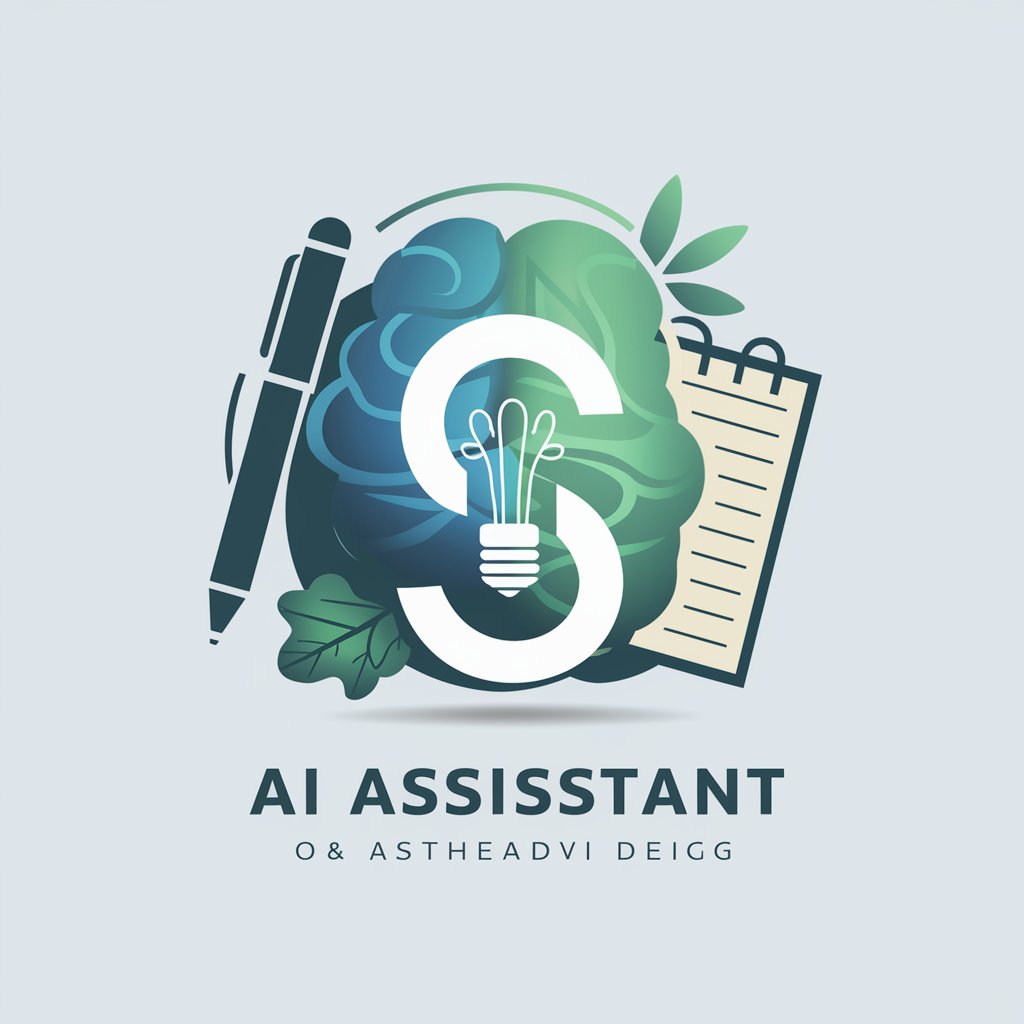
Soul Quest
Empowering Personal Transformation with AI

Confidence Companion
Empower Yourself Daily with AI

Chess Opening Master
AI-powered Chess Opening Mastery

OBEASY THE AI OPENING SCRIPT GENIE
Empower Your Words with AI
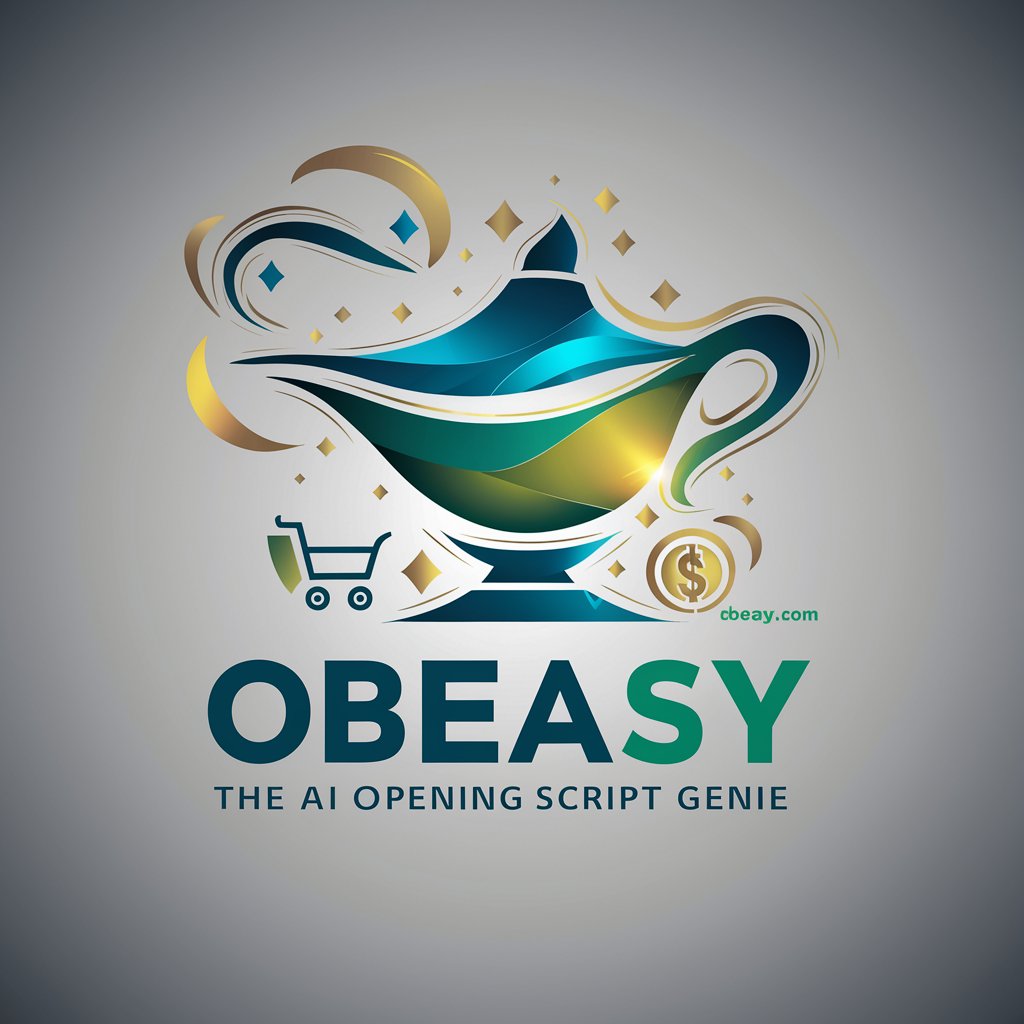
实体开店导师/Store opening expertu
AI-driven Retail Store Launching

ChessviaGPT | Chess Coach - Ruy Lopez Opening
Master Ruy Lopez with AI Coaching

Ruy Lopez Opening Chess Coach | ChessviaGPT
Master Ruy Lopez with AI-powered insights

Frequently Asked Questions about Artificial Intelligence
What is the primary function of this AI tool?
This AI tool is designed to offer real-time assistance and solutions across various domains such as coding, writing, data analysis, and educational support, leveraging advanced AI models for optimized outcomes.
Can this AI assist in learning new skills?
Absolutely, the AI is equipped with educational modules that support immersive learning experiences, including augmented and virtual reality, to help users grasp complex concepts in an interactive manner.
How does this AI tool ensure user privacy?
User privacy is a top priority. The tool incorporates stringent data protection measures, including encryption and anonymization, to safeguard user interactions and information.
Is this AI capable of integrating with other platforms?
Yes, it offers seamless integration capabilities with external AI tools and platforms, facilitating real-time collaboration and streamlined workflow across various applications.
How can users optimize their experience with this AI?
For an optimal experience, users are advised to clearly define their objectives, provide detailed inputs, utilize the feedback mechanisms for refinement, and explore various functionalities to fully leverage the AI’s capabilities.



